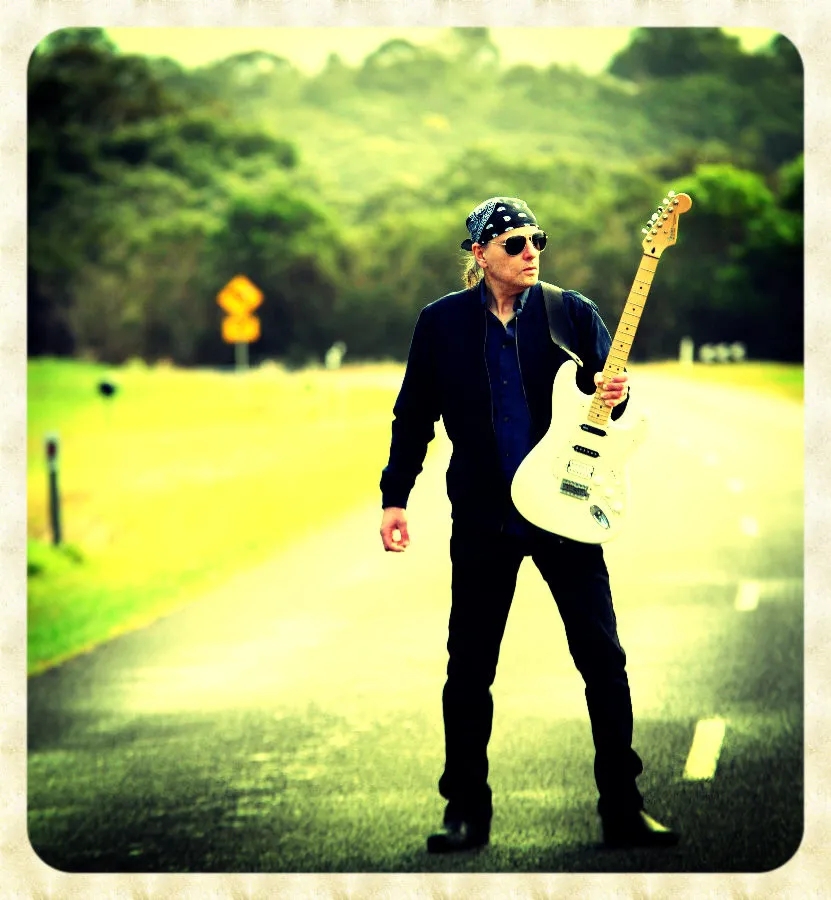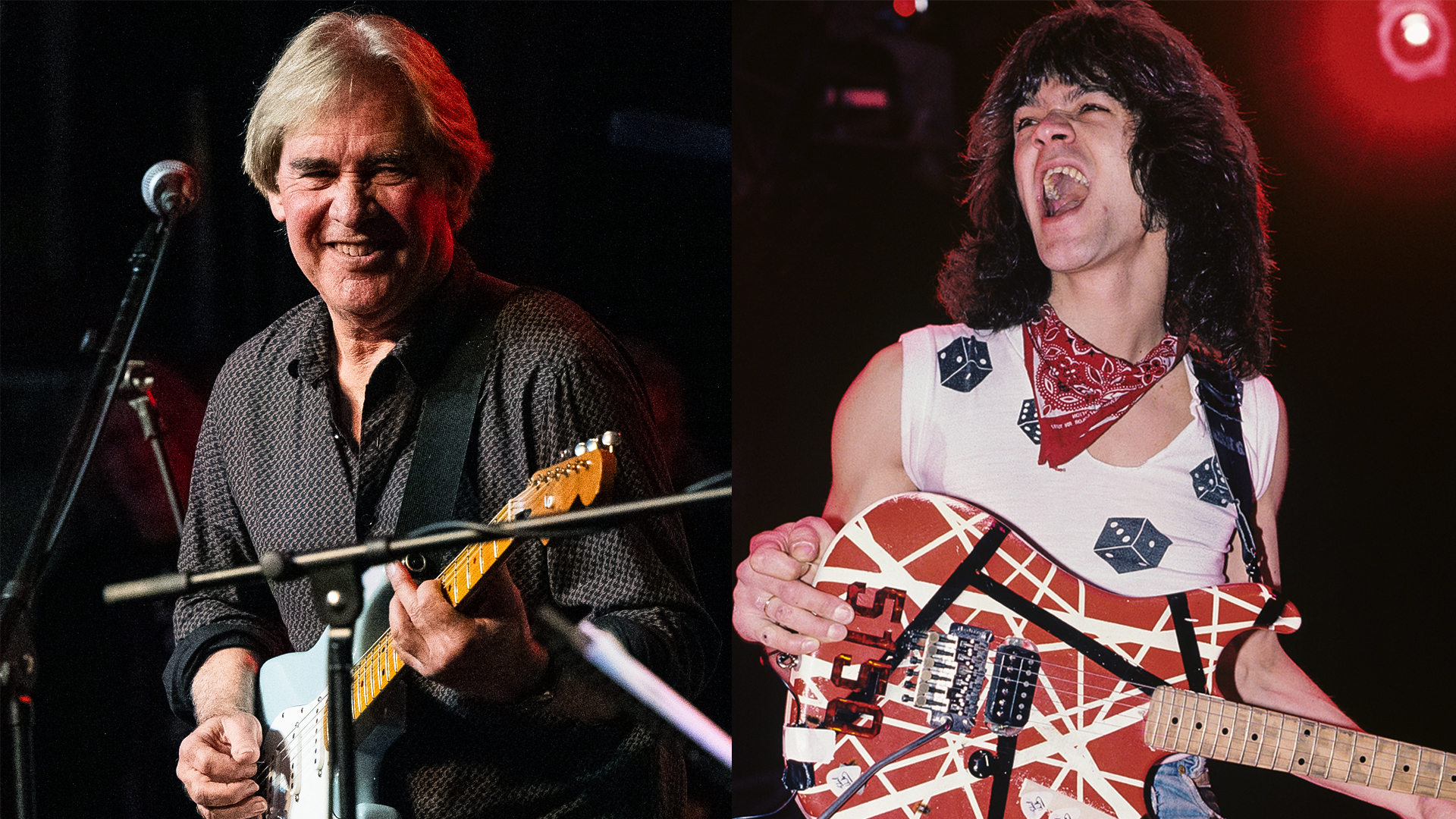"He'd been given the guitar for his 16th birthday and obviously didn't want it. I took one look and said, ‘Thanks, I'll have it!’ " Phil Manzanera on his Roxy Music Firebird, "Love Is the Drug" 1951 Tele and other favorite guitars
The guitarist gave us an exclusive look at the key axes from his long career
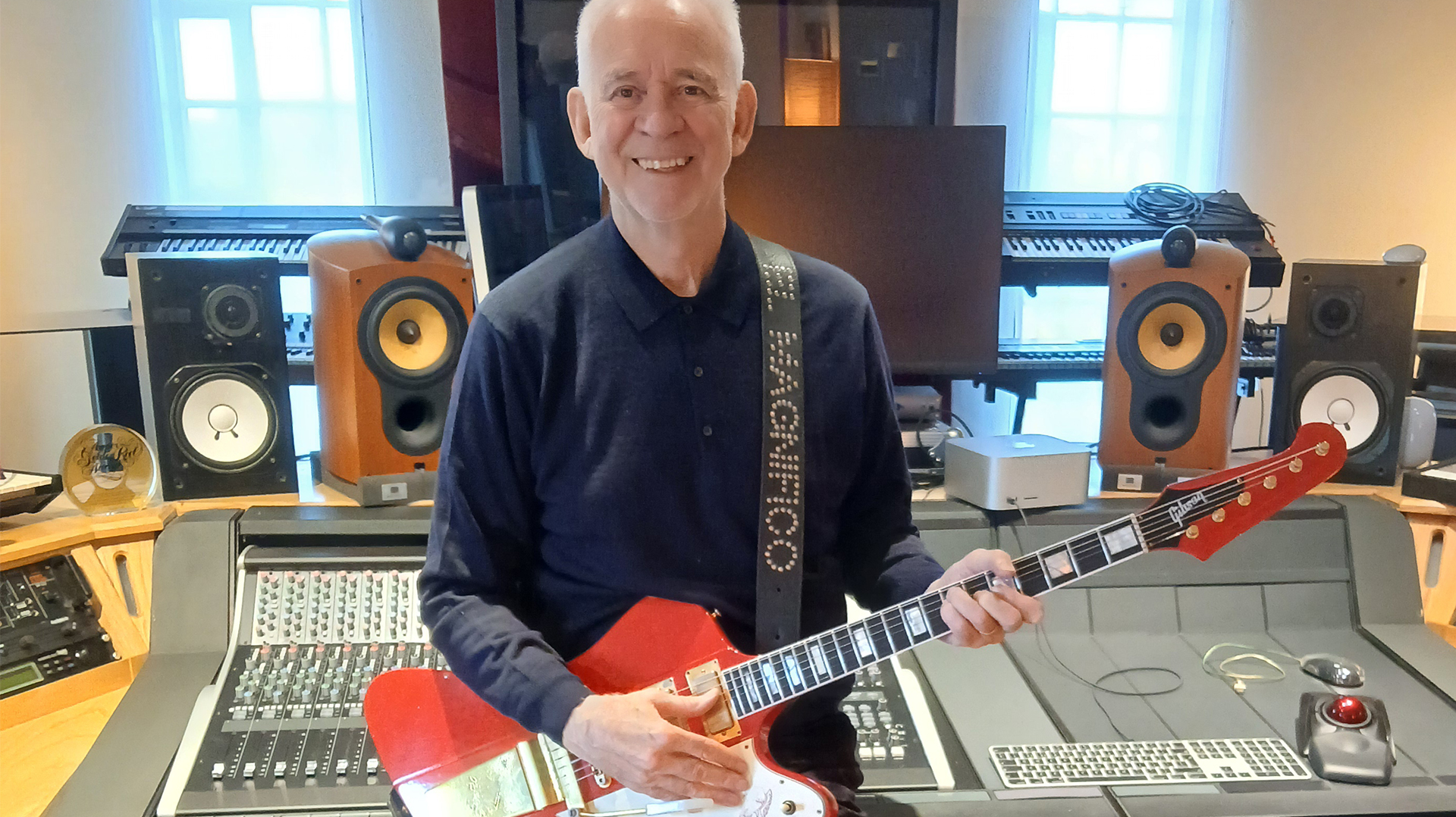
Away from his day job with Roxy Music, Phil Manzanera has forged a successful solo career over the course of 50 years. To date, he’s released 10 solo albums, each of which showcases his musical eclecticism. As the recently released 11-CD box set 50 Years of Music testifies, Manzanera is not one to adhere to formulas. His forward-looking, innovative guitar style has been the connecting thread on each outing.
Guitar Player was recently invited to Manzanera’s West London recording studio to discuss the guitars that provided the sonic blueprint for his solo work and his recordings with Roxy Music. As he explains, these guitars have strong track records.
“I basically used the same guitars all the way through my solo album recordings,” he says. “Starting with Diamond Head [Manzanera’s 1975 debut solo studio album] the guitars were my red Firebird VII, a Telecaster and a Gibson Les Paul. And on the track called ‘Lagrima,’ I used a Spanish guitar.
“When it came to amps, I had a Hiwatt with a WEM speaker cabinet, which I used with Roxy too, a Yamaha rotary speaker and a Fender Twin. The Hiwatt had been modified where it had a 30-watt switch on the back of it, so it could be driven into distortion. For effects, I had a Pete Cornish pedalboard with a fuzz built into it and distortion, and a Revox Tape machine that me and Brian Eno used to do stuff together on. I used it in Roxy too,
“From 2000 onward, I started investigating those Roland amps that went with the Roland [synth] guitars and used a couple of those Roland VGA-7 V-Guitar amplifiers on the 2001 Roxy reunion tour. When we got to the very last tour I did with Roxy in 2022, my setup was completely different. I’ve now got a huge cabinet; basically, just a speaker in a box, offstage, a tiny little Fender Pro Junior amp onstage, and a new pedalboard made by Australian Daniel Steinhardt.”
With the amp lineups out of the way, Phil took us for a visit to five of his favorite guitars from his career.
1965 Gibson Firebird VII
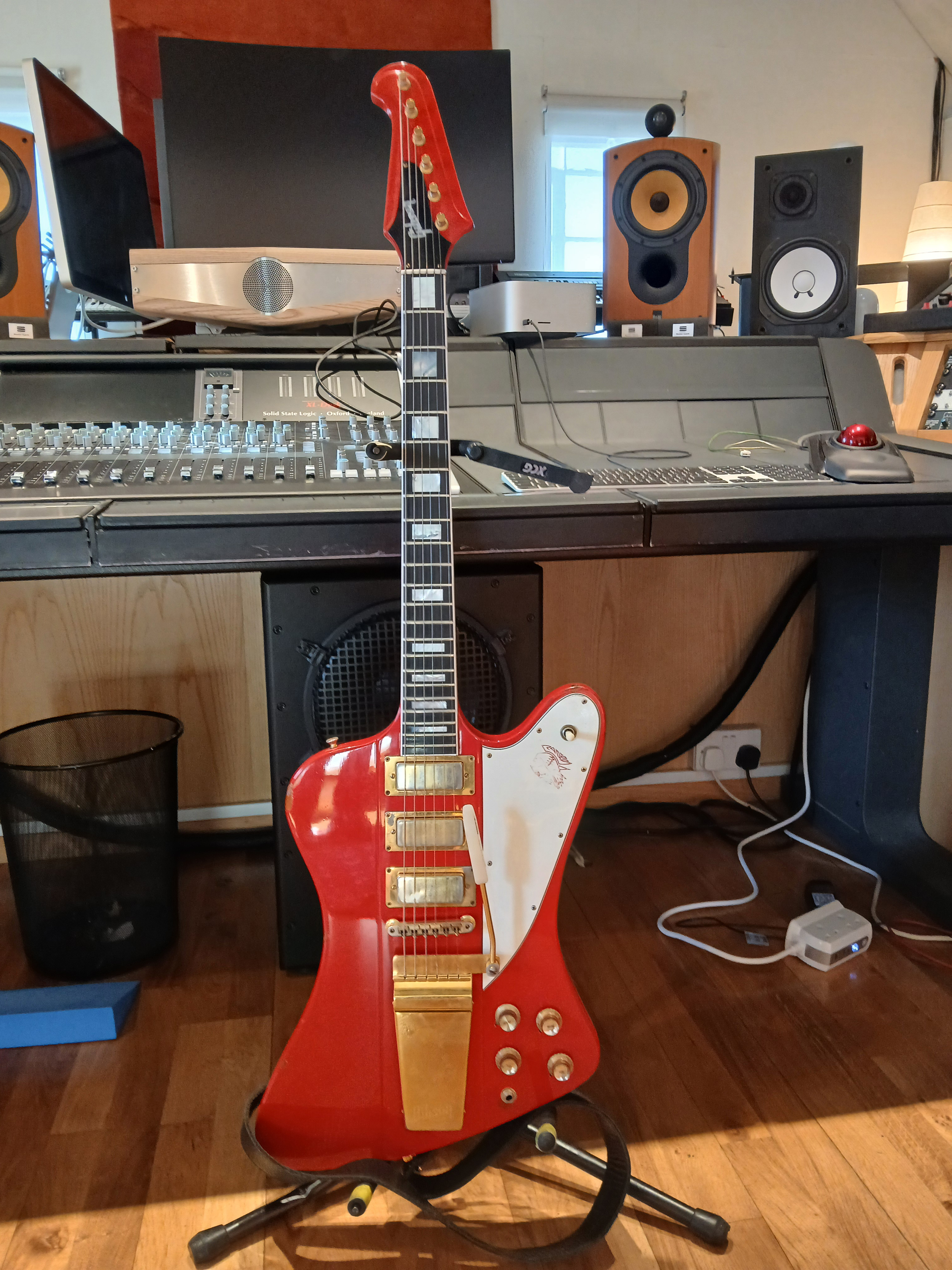
“It’s a reverse body, in Cardinal Red," Phil details for us. "It’s got gold-plated hardware, a bound ebony fingerboard with block markers, reverse headstock with tuners behind it."
All the latest guitar news, interviews, lessons, reviews, deals and more, direct to your inbox!
Although it's among his favorite guitars, Manzanera notes that others have found it rather difficult to play. “These guitars weren't that popular as they were rather big and slightly awkward shaped compared to a Strat or a Telecaster,” he says.
Still, he's a huge fan of it. And, as he explains, the guitar was a particularly lucky purchase.
“I found this guitar through an ad in the back of the Melody Maker magazine in 1973," he recalls. "The ad said, ‘Red Gibson Guitar for Sale.’ And because I had bought a red Höfner CS Galaxie as a child, I thought, I’d take a look. I’d never heard of a Firebird at that point.
"He'd been given the Firebird for his 16th birthday and obviously didn't want it. I took one look and said, ‘Thanks, I'll have it!’ "
— Phil Manzanera
“I went to this very posh house in [London's] Regents Park, the door opened and it was an American college kid whose parents had come over from Kalamazoo, Michigan. He'd been given the Firebird for his 16th birthday or something and he obviously didn't want it. I took one look and said, ‘Thanks, I'll have it!’
“It cost me £120. I walked off with it, and to my delight it sounded fantastic. It just records beautifully and likes analog tape especially. At that point in my career I needed some flash kind of guitar as I'd been using a white Strat, which was great, but I really needed a signature guitar and this became my signature guitar. It's on the inside cover of the second Roxy Music album.”
1965 Gibson Non-Reverse Firebird
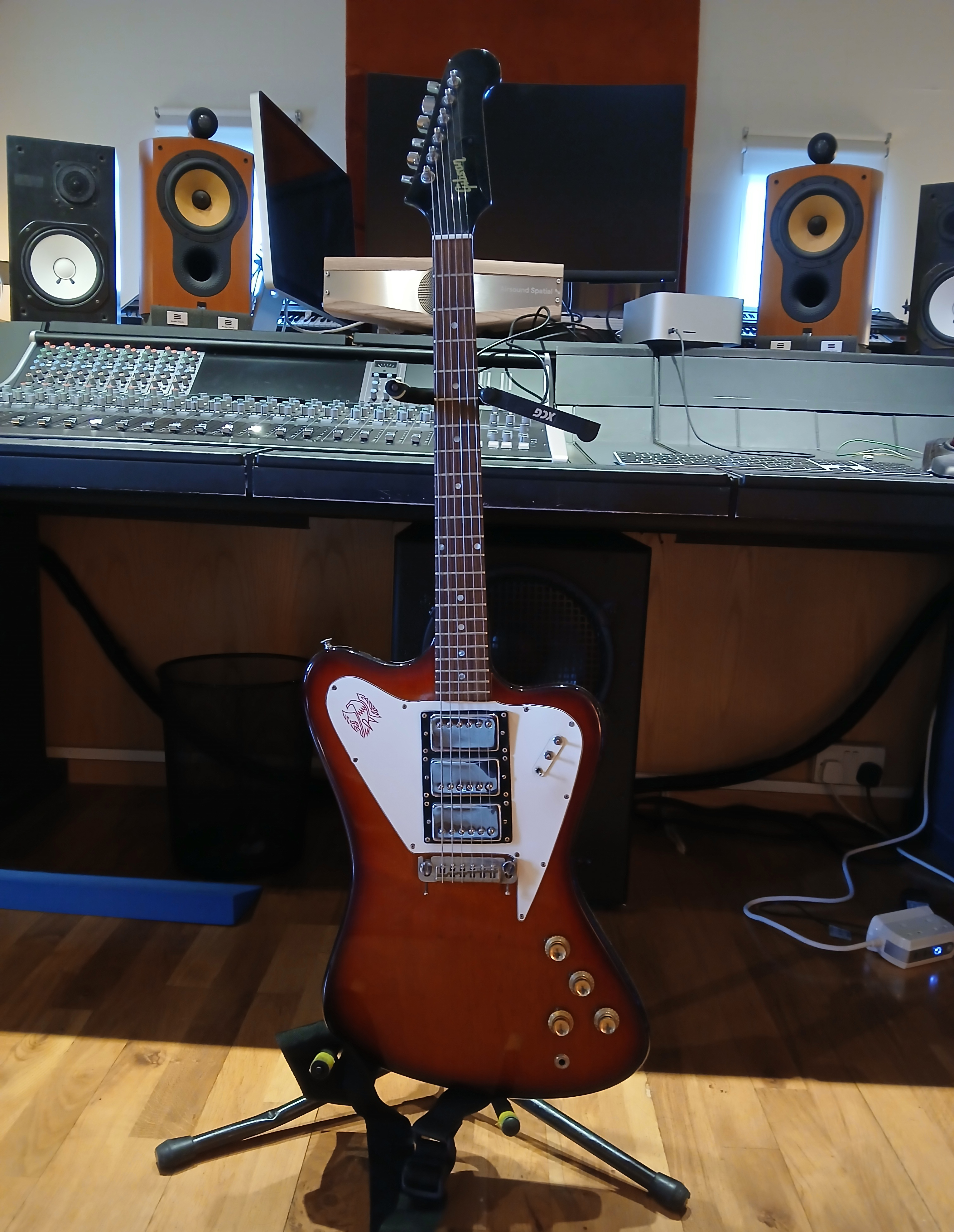
As Manzanera explains, this guitar was most famously used on 801 Live, the album by his experimental rock supergroup 801, which he formed in 1976 while Roxy Music was on hiatus. The band performed only three live concerts, which resulted in 801 Live , as well a 1977 studio album, Listen Now. The band’s members included Brian Eno, bassist Bill MacCormick, former Curved Air keyboardist Francis Monkman, slide guitarist/vocalist Lloyd Watson, and drummer Simon Phillips, who would go on to perform with Judas Priest, Mike Oldfield and Toto.
“I found this in a Shepherd's Bush secondhand shop for around £180,” he explains. “It's been modified with three humbuckers, and it’s got these little switches to the right, which gives you different combinations of the pickups. People tell me that the reason why it's got such a distance between the tailpiece and the bottom of the guitar is that there used to be a Bigsby or some kind of tremolo on it.
"Brian Eno was treating my guitar as well, so the signal from my guitar was split one way to my amps and stuff and the other way to his VCS3 synthesizer."
— Phil Manzanera
“The guitar’s claim to fame is that I used it on the whole of 801 Live. That album was just the one recording done at the Queen Elizabeth Hall — we only performed three gigs. And it was that guitar combined with the Hiwatt top and Yamaha rotary speaker cabinet and my Pete Cornish pedalboard that created the sounds that on the record.
“You’ve got to remember too, that Brian Eno was treating my guitar as well, so the signal from my guitar was split one way to my amps and stuff and the other way to his VCS3 synthesizer. I think by then Brian had the suitcase model of the VCS3 [the EMS Synthi A]. You can hear his treatments, especially on the intro to the whole album where it’s just the guitar being played through the echo with the Revox tape recorder and stuff, but also Eno’s treatment going through a Revox as well, and coming back as a combination of sounds.”
1951 Fender Telecaster (modified)
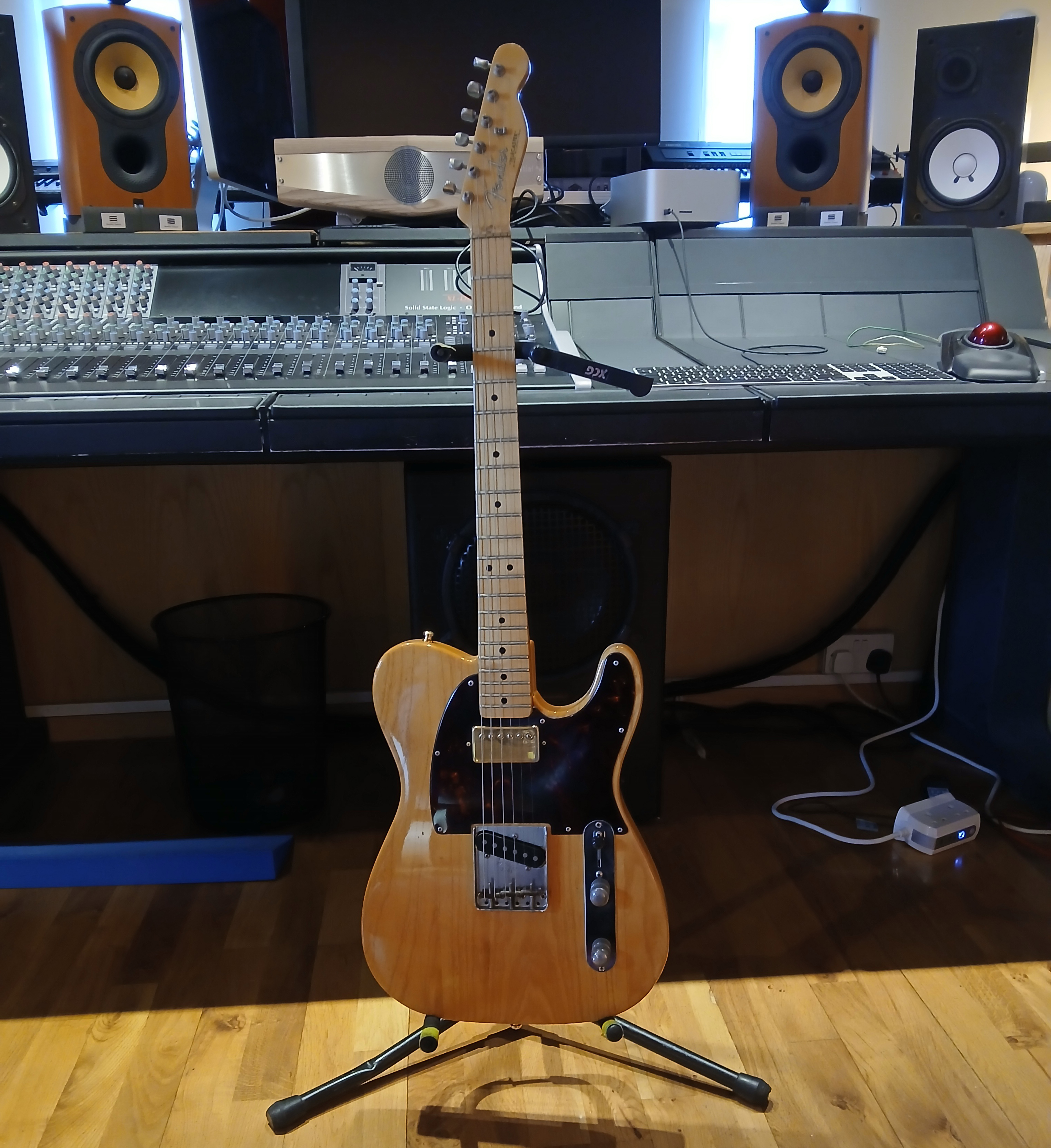
“I bought this from an ad in the back of Melody Maker magazine in 1974. It had the original pickups, until 1975.”
More than losing its original pickups, the rare Telecaster was given an overhaul that, in retrospect, diminished its value. And it was all at the suggestion of Eric Stewart and Lol Creme, the guitarists from the English band 10cs.
“I was friends with all the guys from 10cc, and Eric and Lol said, ‘Phil, why don't you get Ted Lee in Manchester to soup up your Telecaster?’”
Known far and wide as Ted the Sprayer, Lee had worked for Barratt's music store in Manchester, where he refinished guitars. He laid claim to refinishing John Lennon’s 1958 Rickenbacker 325 and George Harrison’s Gretsch Duo Jet in black, and doing the same for Tony Hicks of the Hollies and others who wanted the same finish. Lee would go on to perform similar work for Simply Red, Adam & the Ants, King Crimson and Phil Manzanera.
“It's on 'Love is the Drug' and on lots of other Roxy stuff as well, not to mention every album."
— Phil Manzanera
“In those days, we had no idea about the value of guitars and everything, so I said, ‘Okay, great,’” Manzanera explains. “Ted said he could sand it down, re-lacquer it, change the frets to Gibson frets, stick a humbucker in it and it'll be fantastic. And I said, ‘Great, let's do that!’ So it got done, thus rendering it valueless. If it was an original 1951 Telecaster, it would be worth six figures or seven.
But as Manzanera explains, “I was interested in the playability of the guitar. And it's an absolute dream to play, it’s so easy and sounds absolutely fantastic. It doesn't necessarily sound like how a Telecaster is meant to sound because of the humbucker, but it is just absolute magic and completely different and makes you play in a completely different way to the Firebird.
“I've used it on everything. It’s on 'Love is the Drug' and on lots of other Roxy stuff as well, not to mention every album I’ve done since. It provides a nice alternative for lead playing to the ‘57 Les Paul.”
2000 Gibson Custom Shop Les Paul Custom

A black 1957 Les Paul Custom is among the guitars for which Manzanera was best known during Roxy Music’s heyday. However, it was borrowed. After using it for 15 years, Manzanera had to return it to the owner. “I was devastated,” he told Guitar Player in a 2023 interview. On this latest visit, Phil further explained the guitar’s significance onstage “Any Roxy tour we did where we played ‘In Every Dream Home a Heartache,’ I played that Les Paul for the solo at the end. It’s the same guitar I used when we recorded the song.” In 2000, Manzanera had the Gibson Custom Shop in Hamburg, Germany, create this replacement for him, which features a few personal touches.
“I took advantage of this moment to put a little logo at the bottom,” Manzanera says. “And actually, the scratch plate was given to me by Chris Spedding; he had a guitar maker, who made some special guitars with that scratch plate, and he gave it to me. I added it on just to make it a little bit more unique.
“The guitar plays beautifully. It has got this great sustain, and with echo it really kicks ass.”
2022 Gibson ES-335
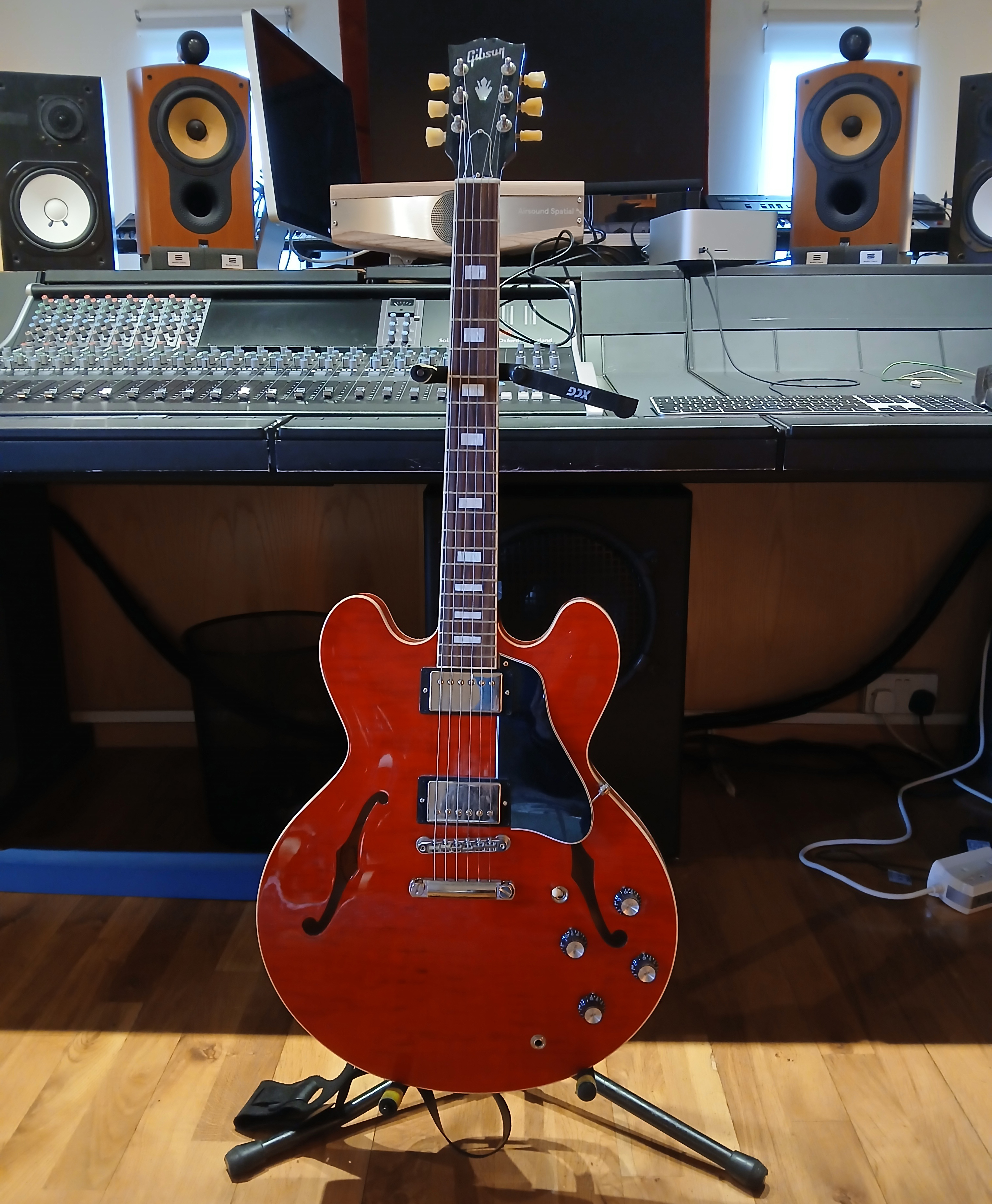
“This is my latest addition, which I got in 2022 for the Roxy Farewell Tour. When I first started with Roxy in 1972, I had a brown ES-335 with a Bigsby tremolo arm on it. I used to use it mainly for feedback and stuff like that, especially on the tracks on the first album. It was a great sound source for Eno too, because he used the feedback for guitar treatments. But in general it's too jazzy for Roxy.
“However, it did work out on the song “If There is Something” [from Roxy Music’s self-titled debut]. We extend the middle section and I go into some soloing, and it's just got a beautiful, sustained tone for the solo. And really that was the main reason I got it — to use it on that song.”
Joe Matera is an Italian-Australian guitarist and music journalist who has spent the past two decades interviewing a who's who of the rock and metal world and written for Guitar World, Total Guitar, Rolling Stone, Goldmine, Sound On Sound, Classic Rock, Metal Hammer and many others. He is also a recording and performing musician and solo artist who has toured Europe on a regular basis and released several well-received albums including instrumental guitar rock outings through various European labels. Roxy Music's Phil Manzanera has called him "a great guitarist who knows what an electric guitar should sound like and plays a fluid pleasing style of rock." He's the author of two books, Backstage Pass; The Grit and the Glamour and Louder Than Words: Beyond the Backstage Pass.
